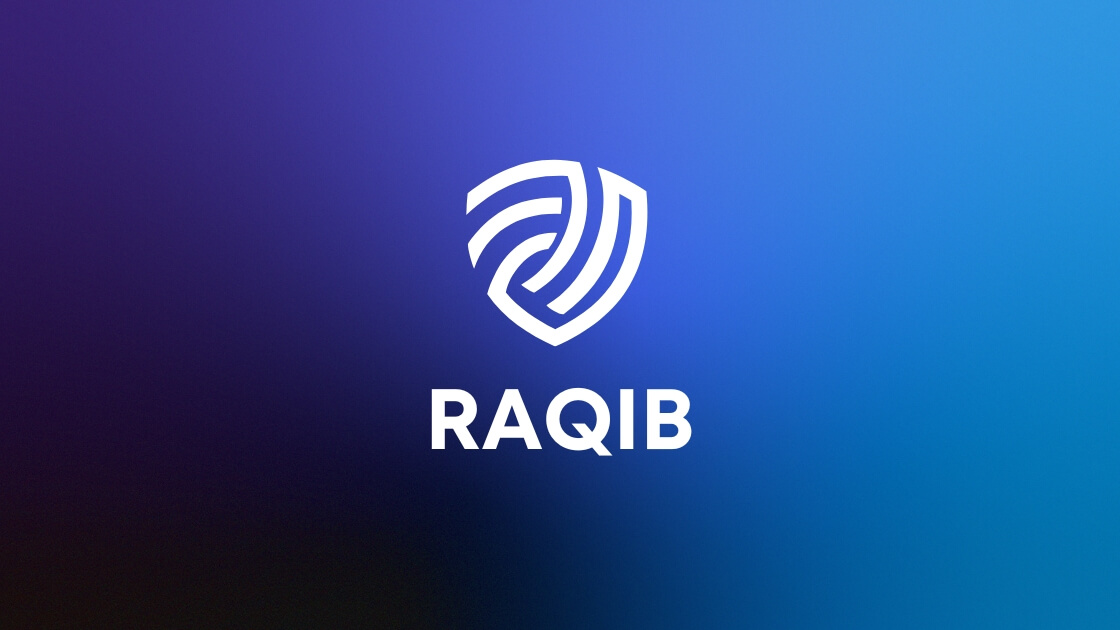The Cost of Doing Nothing: What a Cyber Breach Really Costs a Business

Businesses face numerous challenges, but perhaps none are as daunting as the threat of cyber breaches. While many organizations focus on growth, product development, and customer satisfaction, the looming threat of a cyber attack persists as a silent peril. Ignoring this threat can lead to devastating consequences. This article delves into the true cost of doing nothing when it comes to cybersecurity and the multifaceted impact of a cyber breach on a business.
Understanding Cyber Breaches
Cyber breaches occur when unauthorized individuals gain access to an organization's data, networks, or systems. These breaches can stem from various sources, including hackers, malicious insiders, or even accidental leaks. The impact is not limited to financial loss; it extends to reputational damage, legal repercussions, and operational disruptions.
Financial Costs
- Immediate Financial Loss: The most direct impact of a cyber breach is the immediate financial loss. This can include costs associated with lost sales, compensating affected customers, and restoring systems.
- Regulatory Fines and Penalties: Many industries are subject to strict data protection regulations. A breach can lead to hefty fines and penalties from regulatory bodies, such as the General Data Protection Regulation (GDPR) in Europe.
- Increased Insurance Premiums: Post-breach, businesses often face increased cybersecurity insurance premiums. Insurers may deem the business a higher risk, leading to more expensive coverage.
Reputational Damage
- Loss of Customer Trust: Trust is the cornerstone of any business relationship. A data breach can severely damage customer trust, leading to loss of clientele and decreased sales.
- Negative Publicity: Media coverage of a breach can tarnish a company's image. The perception of inadequate security measures can deter potential customers and partners.
- Brand Devaluation: Long-term brand damage can occur as the business is less attractive to both customers and investors. This can impact stock prices and overall market value.
Operational Disruptions
- Downtime: Breaches often cause significant downtime as systems are taken offline to assess and repair damages. This leads to loss of productivity and service interruptions.
- Resource Allocation: After a breach, companies must allocate substantial resources to investigate the incident, fix vulnerabilities, and implement stronger security measures.
- Employee Morale: The stress and uncertainty following a breach can impact employee morale, leading to decreased productivity and increased turnover.
Legal and Compliance Issues
- Lawsuits: Affected parties may sue the company for negligence, leading to costly legal battles and settlements.
- Compliance Violations: Failing to comply with data protection laws can result in severe penalties. Organizations must ensure compliance with evolving regulations to avoid legal issues.
The Cost of Prevention vs. The Cost of Breach
Investing in cybersecurity measures might seem like a significant expense, but it pales in comparison to the cost of a breach. Implementing strong security protocols, conducting regular audits, and educating employees on cybersecurity best practices can significantly reduce the risk of a breach.
Key Preventative Measures
- Regular Security Audits: Conducting regular audits to identify and address vulnerabilities.
- Employee Training: Educating employees on recognizing phishing attempts and practicing good cyber hygiene.
- Advanced Security Technologies: Investing in firewalls, encryption, and intrusion detection systems.
The digital landscape is fraught with potential threats that can cripple a business if not addressed proactively. The cost of doing nothing in the face of cybersecurity risks is far greater than the investment in preventative measures. By prioritizing cybersecurity, businesses can protect their assets, maintain customer trust, and ensure long-term success. Remember, in the realm of cybersecurity, prevention is not just better than cure; it is essential for survival.